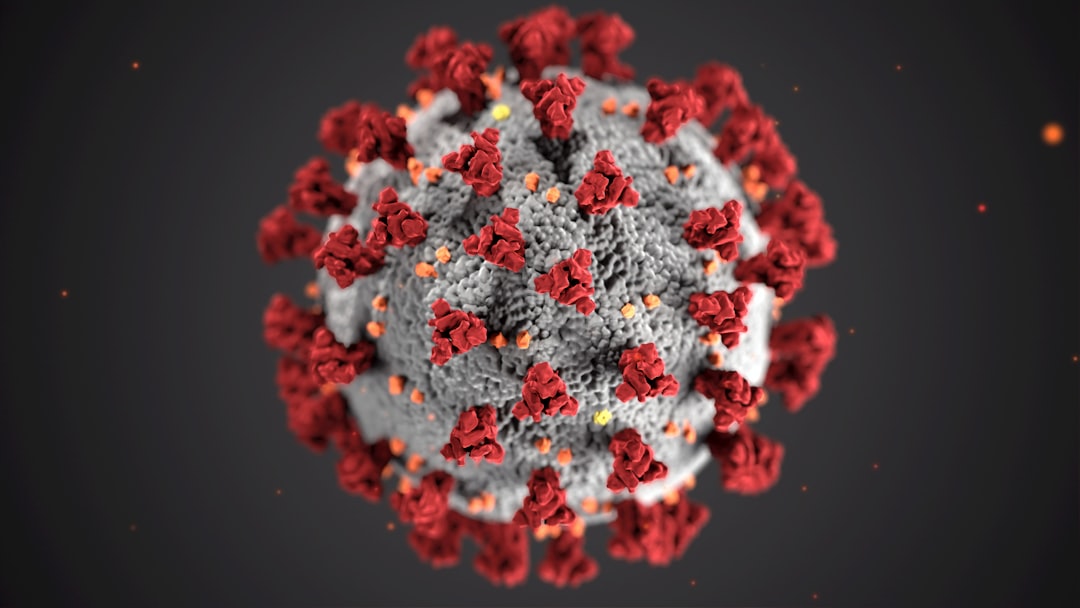What is it about?
A simple method to estimate the time-dependent hepatic blood drug level relavant for DDI.
Featured Image
Why is it important?
There are a few new aspects. (i) In classical methods to predict DDIs,the hepatic cellular unbound perpetrator level is approximated to be the unbound portal-vein (hepatic inlet) level. However, this is not exactly correct. In the actuality, the drug entering to the liver will be deposited in the hepatic organ and be extracted (metabolic clearance) so that the hepatic unbound blood level will be lower than the portal level at early times. (ii) Fluvoxamine has unique PK characteristics that ehnance DDIs. It exhibits almost the same CLtot as hepatic blood flow, despite having moderate oral bioavailability (F). This unique PK was analyzed assuming the preferential distribution of the drug to the liver (Kph = around 600; V2 (=Vh) = around 900 L). (iii) In the derivation of the method, several new assumptions [fd concept where Fh is differentiated from classical Fh (=F); delta concept based on tube and well-stirred hepatic extraction kinetics]. These are particularly important. (iv) Finally, we could derive a simple relation to estimate the average hepatic cellular unbound fluvoxamine (a perpetrator) level (Chc,u) which is relevant for drug-drug interaction. Chc,u= Chb,u = fub x Chb, and AUC(Chb)oral = delta x AUC(Cb)oral where delta is determined by (1-1/Fh)/LnFh.
Read the Original
This page is a summary of: Use of Three-Compartment Physiologically Based Pharmacokinetic Modeling to Predict Hepatic Blood Levels of Fluvoxamine Relevant for Drug-Drug Interactions, Journal of Pharmaceutical Sciences, April 2015, Elsevier,
DOI: 10.1002/jps.24320.
You can read the full text:
Contributors
Be the first to contribute to this page










